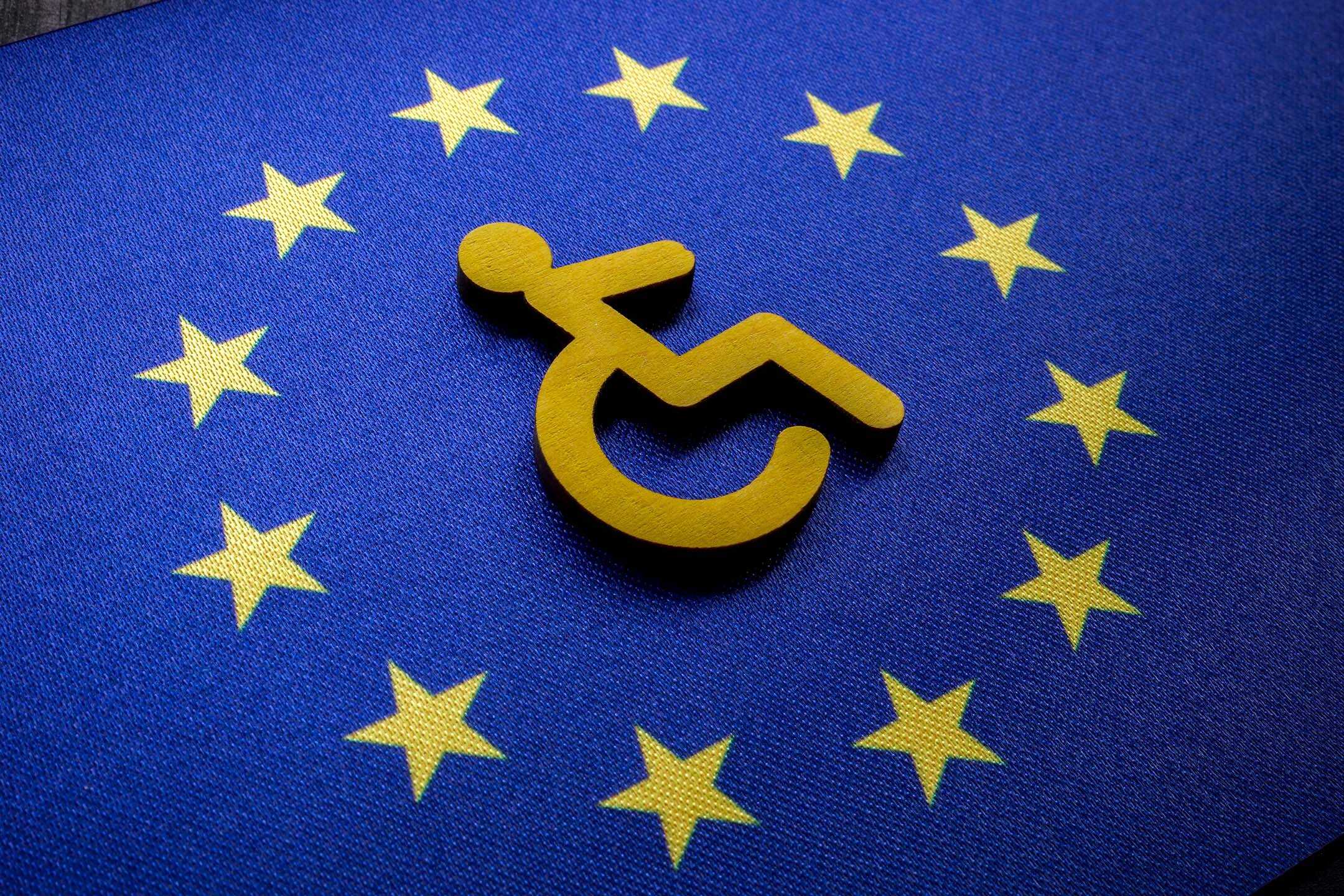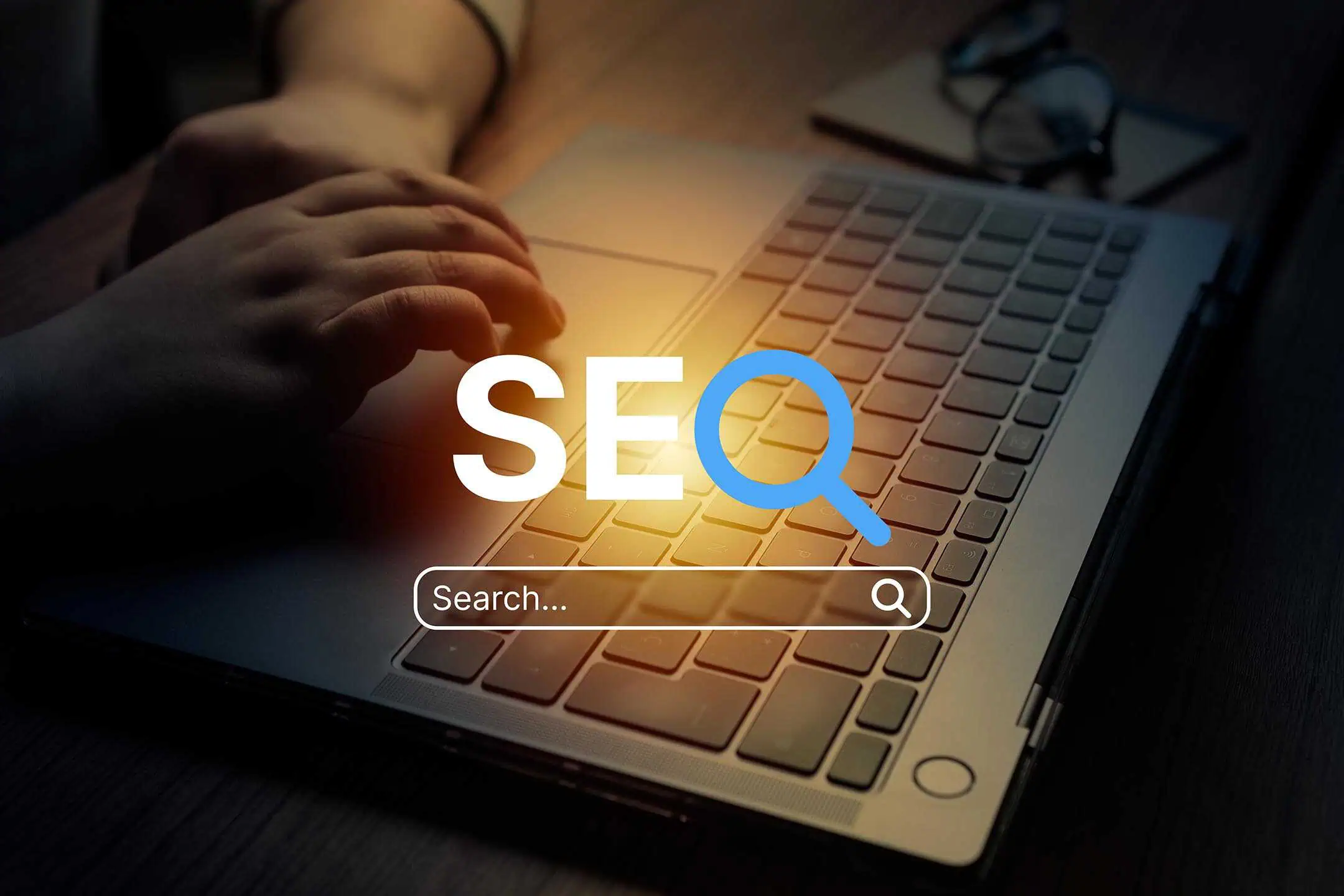What Is the European Accessibility Act (EAA)?
The European Accessibility Act 2025 (EAA) is a transformative piece of legislation that comes into force on 28 June 2025. Its goal is to ensure that digital products and services across the EU are accessible to everyone, including the 135 million people living with disabilities. For UK businesses selling into the EU, this means a legal requirement to ensure digital experiences are inclusive and usable by all.
The EAA affects a wide range of industries, including e-commerce, transport, banking and digital communications. From websites and mobile apps to ATMs and e-readers, accessibility is no longer a nice-to-have – it’s the law.
Why the EAA (2025) Matters
Beyond legal compliance, accessibility is a business opportunity. Globally, 16% of people live with a disability. By designing for accessibility, businesses are not only widening their audience – they’re also demonstrating ethical leadership.
Accessible websites are easier to use for everyone. They load faster, perform better on search engines and support usability across all devices. It’s also about brand trust. As consumer expectations evolve, people want to engage with businesses that are inclusive, transparent and socially responsible.
Who Needs to Comply (And What Happens If You Don’t)
If your business sells digital products or services into the EU, you’ll likely need to comply with the EAA. That includes:
- E-commerce platforms
- Software and mobile apps
- Online banking and financial services
- Digital content providers
Compliance means meeting the Web Content Accessibility Guidelines (WCAG) 2.1 AA standards. These standards focus on making websites perceivable, operable, understandable and robust for all users.
Failing to comply can lead to legal action, fines, reputational damage and a loss of consumer trust. As accessibility lawsuits continue to rise – with double-digit annual increases in both the UK and US – proactive compliance is simply good business.
The Coming Accessibility Rush: Lessons from GDPR
We expect the rush to achieve accessibility compliance in the lead-up to June 2025 to mirror the frenzied scramble many businesses faced during the implementation of GDPR.
Back in 2018, companies across the UK and EU were forced to react quickly, often making last-minute changes to their data practices to meet the new privacy regulations. The EAA will be no different. Many organisations will delay until the eleventh hour – and then struggle to implement comprehensive changes under time pressure.
Those who act early will not only avoid the scramble but will also be better positioned to deliver smoother, more inclusive user experiences ahead of their competitors.
What Your Website Needs to Meet EAA (2025) Accessibility Standards
Making your website accessible doesn’t require a complete overhaul, but it does mean adopting best practices that benefit all users. Some of the key areas to focus on include:
- Logical page structure and clear navigation
- Alt text for all images
- Keyboard accessibility for all interactive elements
- Descriptive link text and proper heading hierarchy
- Readable fonts with sufficient contrast
- Support for screen readers and other assistive technologies
Tools like accessibility audits, screen reader testing and colour contrast checkers can help identify where your site may fall short. However, accessibility widgets, referred to within the industry as “overlays”, are an accessibility disaster. While they claim to make your website accessible with “just a single line of code” or by installing a plugin, they actually make your website less accessible, and can be incredibly problematic for visitors who use assistive technologies. They can also result in lawsuits, despite their claims to protect you.
How E-Innovate Helps You Stay Compliant and Competitive
At EI, we work closely with clients to scope and implement accessibility best practices as part of a tailored project brief. Accessibility isn’t an automatic inclusion – it’s a strategic decision that needs to be planned for. We offer:
- Accessibility-focused UX/UI design
- Technical SEO aligned with WCAG standards
- Audits and roadmaps to guide compliance
- Websites optimised for all users, devices and assistive technologies
By making accessibility a part of your digital foundation, we help you reach more users, reduce legal risk, and build a brand that’s future-ready. You can read more about digital accessibility on this page of our website.
The Opportunity
Inclusion isn’t just ethical – it’s commercially smart. Accessible design supports SEO, improves conversion rates and enhances the overall user experience. More importantly, it helps you build a brand that resonates with a broader, more diverse audience.
As search engines and AI become more attuned to content quality and user intent, accessible sites are more likely to be favoured in rankings and summaries. It’s a strategic move with long-term payoffs.
Getting Started: Practical Steps for Businesses
If you’re unsure whether your site is compliant, here’s where to start:
- Run an accessibility audit using tools like Axe, Wave or Lighthouse.
- Fix the essentials – navigation, alt text, contrast, and keyboard access.
- Plan for long-term accessibility by integrating WCAG into your web processes.
- Partner with experts who understand both compliance and performance.
Not Sure Where You Stand? Let’s Find Out
Don’t wait until the deadline looms. If you’re unsure whether your current website meets the EAA’s standards, we can help. Our accessibility audits identify gaps, prioritise fixes and give you a clear roadmap for compliance.
Get in touch with our team to book a tailored audit and take the first step towards accessible, future-proof digital experiences.
Frequently Asked Questions
What’s the difference between WCAG 2.0 and 2.1? WCAG 2.1 includes updates to address mobile accessibility, low vision and cognitive disabilities – areas not fully covered in 2.0.
Do UK businesses need to comply if not based in the EU? Yes – if you sell into the EU digitally, you’re expected to comply.
How long does it take to become compliant? It depends on your current site structure, but businesses should aim to begin immediately. The sooner you start, the less disruptive the transition.
Let’s Make Accessibility Work for Everyone
Is your website ready for the EAA?
We help businesses turn compliance into competitive advantage – with high-performing websites that everyone can use.
Let’s talk about building a digital presence that’s inclusive, compliant and built to last.




